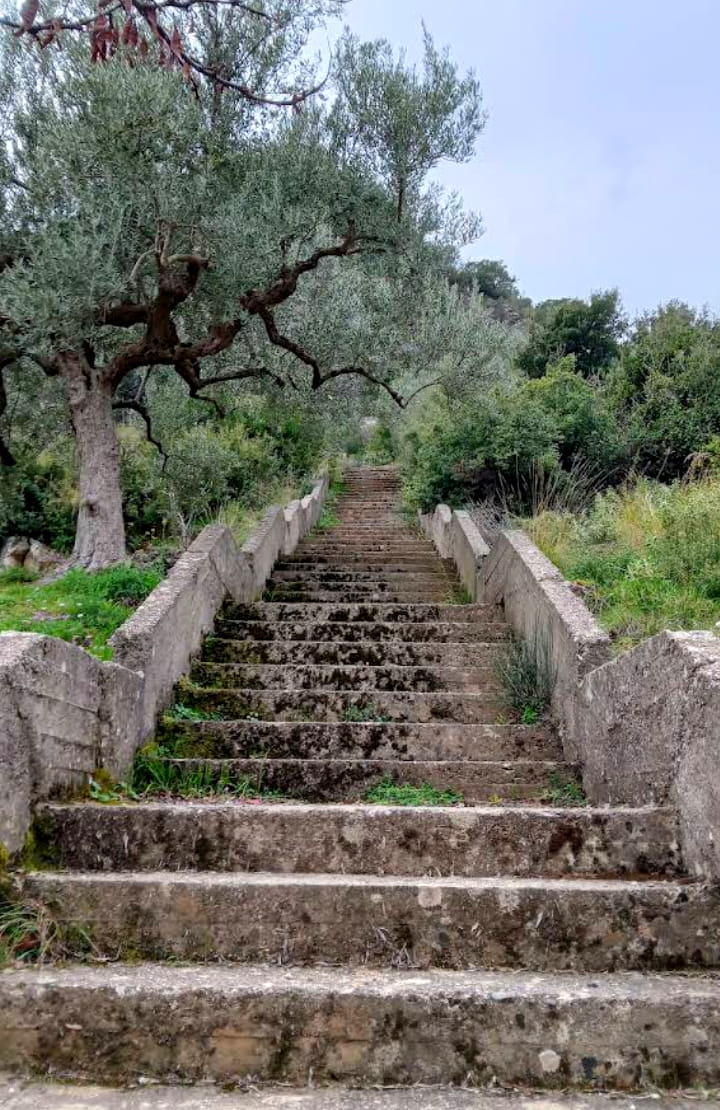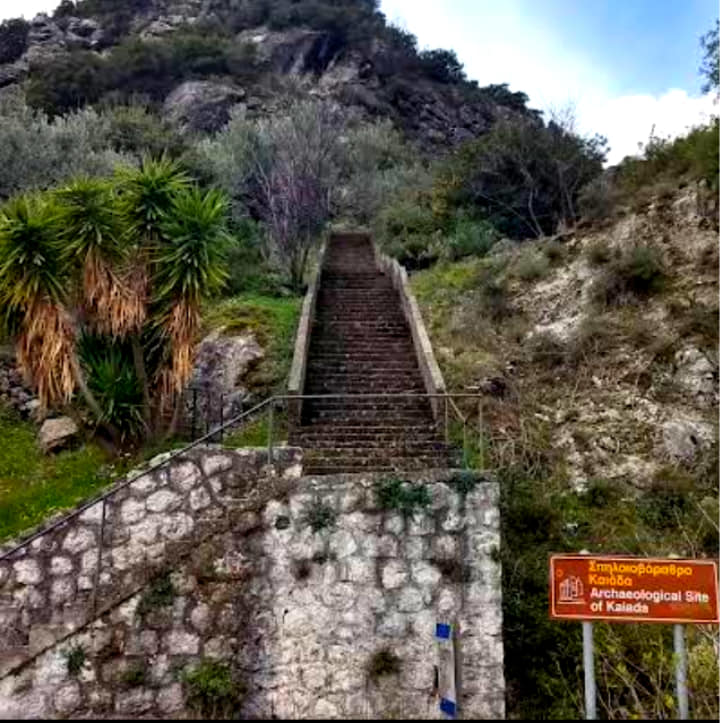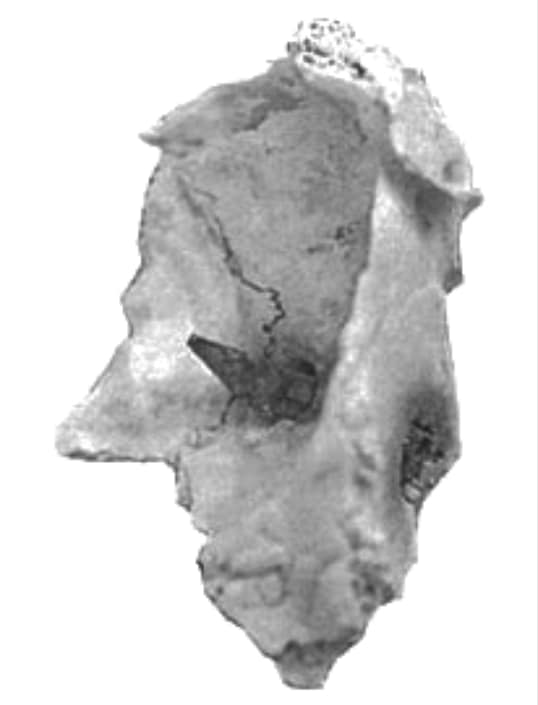KEADAS, the Legendary Spartan DEATH PIT.
Κeadas (Hellenic: Καιάδας) is an ancient chasm that was used as a method of criminal execution by the Hellenes of ancient Sparta.
The chasm and cave, located in the area of Mt. Taygetos, hold the name Keadas to this day. A massive collection of bones was located at its bottom, arranged in successive, almost stratified layers. Anthropologists, Geologists and expert Speleologists examined the area and concluded that it was indeed the location of the ancient Spartan death pit, used by the Spartans during the period of the Messinian wars (8th-5th centuries BC) to hurl into it the Messinian captives as well as criminals that were sentenced to death, blasphemous individuals and traitors.
Evidence of a vestibule has been found at the area of the chasm, likely destroyed by one of the many earthquakes known to the area. A small outpost settlement nearby was used by the Spartans (Lacedemonians) to guard the passage through Mt.Taygetos to Messinia.
A large rockfall followed the destructive earthquake of 464 BC. The bones of human skeletons on the fallen rocks indicate that people were either thrown in after 464 BC or that those who survived the earthquake tried to climb to the exit but failed. The exit from the initial mouth of the abyss with its almost vertical walls is completely impossible to escape, not only for humans but also for animals.
Anthropological research revealed that most skeletal remains belonged to males with the exception of a few females and a single child that likely fell in by accident. A skull fragment was found with an arrow pierced through it. Other items found within the gorge were lamps, arrowheads, spearheads and shackles, further indicating that the pit was indeed used for the execution of criminals and war captives.
According to Pausanias (a Hellenic traveler and geographer of the second century AD):
“When he fell (Aristomenes) a number of the Lacedaemonians closed upon him and took him alive with some fifty of his followers. The Lacedaemonians resolved to fling them all into the Keadas, into which they throw men punished for the greatest crimes”.
(Aristomenes manages to escape with the help of divine intervention).
It is a popular misconception that the Spartans threw the lame and disabled newborns into the dreadful Keadas Chasm. No infant remains have been found in the chasm to this day.
In his biography Life of Lycurgus, written around 100 C.E., the Hellenic philosopher Plutarch recounts how the ancient Spartans submitted newborns to a council of elders for inspection called Lesche. “Fit and strong” babies survived, but those found to be “lowborn or deformed” were left outside to die, Plutarch wrote, “on the grounds that it is neither better for themselves nor for the city to live [their] natural life poorly equipped.” Evidence suggests that only very severe deformities resulted in such actions.
Many distinguished Spartans were not able-bodied, such as the poet Tyrtaeos who was blind and King Agesilaos who was lame.
Sources:
1. Archaeology Newsroom.
2. Archaeologia GR.
3. Pausanias – Description of Greece – IV 18. 4-7.
4. Odysseus Cultures GR.
Hits: 1






